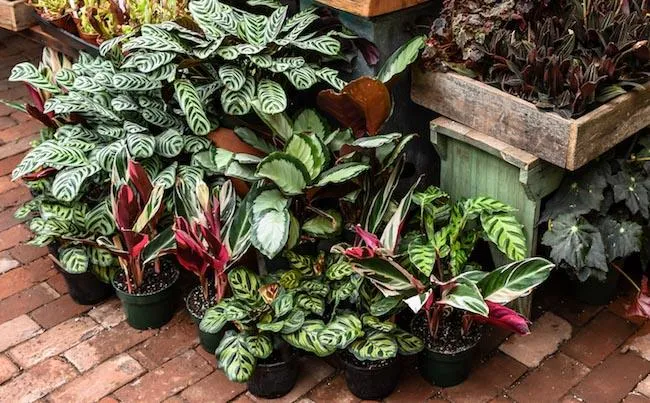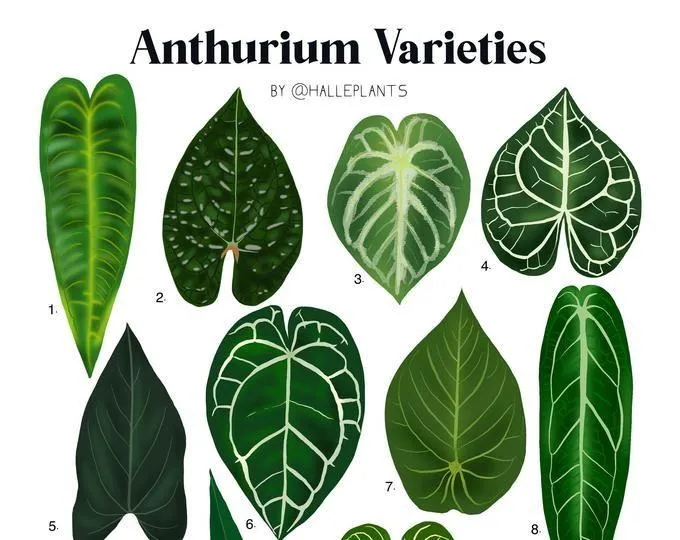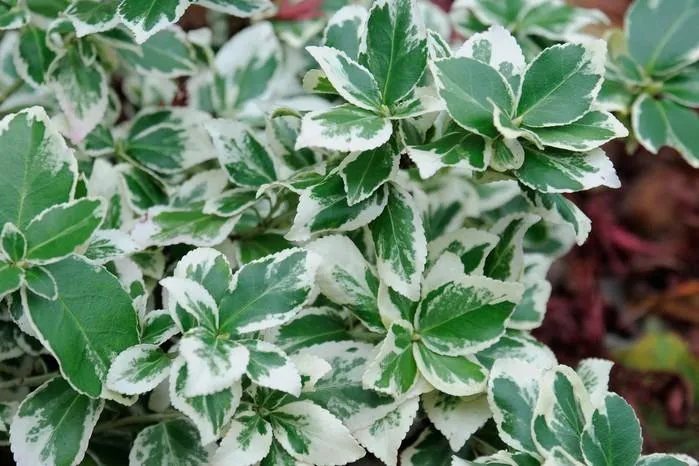A Guide to Variegated Plants: All You Need to Know
Variegated plants are some of the most beautiful additions to any garden or home. With their striking patterns of different colored leaves and foliage, they stand out beautifully against other greenery. However, many people are unsure of exactly what variegated plants are and how to care for them. In this comprehensive guide, I’ll answer all your questions about these plants and share tips from my own experiences.
What are Variegated Plants?
Variegated plants, sometimes called variegates, are plants that have streaks, splashes, or sections of a different color than the rest of the leaf or stem. The extra colored sections are usually white, yellow, pink, or red against a green background. This pattern is caused by a genetic mutation that prevents some areas of the plant from producing chlorophyll. Without the chlorophyll to mask it, other pigments like anthocyanin become visible.
The variegation can appear on leaves, stems, flowers or even entire branches. Some common examples of variegated plants include:
- Variegated ivy
- Variegated monstera
- Variegated hoyas
- Variegated philoependrum
- Variegated flamingo lily
Caring for Variegated Plants
While variegated plants make lovely additions to gardens and homes, they do require some specialized care due to the genetic quirk that gives them their distinctive patterns. Here are a few tips:
Light Requirements
Most variegated plants need significantly more light than their solid green counterparts. The white or pale sections cannot photosynthesize as effectively, so the plant needs extra sunlight to make up for the lack of chlorophyll. Place variegated plants in a south or west-facing window and supplement with grow lights if needed.
Protection from Sunburn
The non-green parts of variegated plants are more prone to sunburn, so acclimate them slowly to direct sunlight. When bringing a plant inside for the winter, move it to a partially shaded spot at first. You can also apply a peat-based soil with high organic content to protect delicate new growth.

Fertilizing Needs
Due to their unique pigmentation, variegated plants have higher fertilizer requirements. Feed them monthly in the growing season with a balanced water-soluble plant food. In summer, an occasional foliar feed provides a quick perk-me-up. From my experience, an all-purpose 20-20-20 formula does the trick.
Pruning and Propagation
It’s important to prune off any all-green shoots that appear on a variegated plant. These mutations will potentially overtake the variegation if allowed to grow. You can root prune cuttings to propagate the colorful patterns. I’ve had good results with water or perlite rooting methods.
Common Pests and Diseases
Sadly, the lack of full chlorophyll means variegated plants succumb more easily to pests and diseases. Check regularly for signs of spider mites, aphids and mealybugs—quarantine immediately if spotted. Powdery mildew can also strike. Good air circulation and a preventative fungicide spray have basically saved my variegated beauties before.
Placement in the Home or Garden
Variegated plants make gorgeous tabletop specimens, hanging baskets or outdoor accents. I think they really shine against a solid wall or fence where their patterns stand out. You could even try a mixed container with trailing varieties tumbling over the edges. Their versatility makes variegated plants a kind of planting along the deck or patio, too.
Tips for Stress-Free Care
As mentioned, variegated plants require extra TLC due to their genetic anomaly. But following a regular care routine can keep them looking gorgeous for years, in my experience. Monitor water and fertilizer, prune off unwanted growth, and pick off any pests—with those basics on lock, your variegated plants will shine like no others in the garden. Their beautiful patterns are totally worth the bit of extra effort!
Frequently Asked Questions
Here are answers to some other common questions people have about variegated plants:

Do the color patterns stay the same or change over time?
In most cases the variegation will remain stable, but it can lighten, darken or even revert partially to solid green in some plants. Environmental factors like light and nutrients affect stability.
Will the variegation carry through if I propagate the plant?
There is always a chance of it reverting when propagating, but usually the variegation will remain prominent in new growth if carefully tended. Take prunings only from well-variegated areas to be safe.
Is a variegated plant higher or lower maintenance than a solid green one?
While variegated plants require specialized care like extra light and nutrients, following the tips here means they won’t demand much more effort in the long run. The reward is unbeatable beauty for your home or garden!

I hope this comprehensive guide has answered all your questions about variegated plants. Let me know if you need any clarification on their care. With the right attention, these gorgeous greenery additions will enhance your space for years to come. Happy planting!
Characteristics of Variegated Plants
| Plant | Leaf Pattern | Light Requirements | Care Tips |
|---|---|---|---|
| Chinese Evergreens | White or yellow margins | Partial shade to full sun | Water when soil is dry. Prune leggy growth in spring. |
| Striped Peace Lily | White stripes down dark green leaves | Low to medium light | Keep soil moist. Prune faded leaves. |
| Variegated Pothos | White or yellow patches on green leaves | Low to bright indirect light | Allow soil to dry between waterings. Trim or propagate trailing vines. |
| Zebra Plant | Alternating dark green and bright white stripes | Bright indirect light | Water when top inch of soil is dry. Prune occasionally to maintain shape. |
| Spider Plant | White or cream streaks on foliage | Low to bright indirect light | Water when top of soil is dry. Propagate plantlets that form on leaf tips. |
FAQ
-
What are variegated plants?
Variegated plants are ones that have more than one color in their leaves or stems. Basically, they usually have green along with white, yellow or pink in different patterns.
-
What causes the different colors?
The presence of different pigments like chlorophyll, anthocyanins and carotenoids is what causes the variegation. The distribution of these pigments tends to be kinda patchy which makes for the multicolored appearance.
-
How do you care for variegated plants?
The care is pretty much the same as for regular green plants. You gotta give them adequate sunlight, water and fertilizer. You do wanna be cautious about putting them in very hot spots though since the variegated parts are more vulnerable to sun scorching.
-
Are all variegated plants low maintenance?
Not all of them for sure. Some require more attention than others. Take English ivy for example – it might look kind of amazing with its white edges but it climbs like crazy if not kept in check! So variegation doesn’t always equal low effort.
-
What are some common variegated houseplants?
Spider plants, pothos, philodendrons and monstera deliciosa are pretty popular choices. Sansevierias like whales fin and birdsnest snake plant also come in beautiful variegated forms. Orchids can look stunning with white and pink patches on their leaves too. The options are kinda endless!

-
Are variegated plants harder to find?
Availability may depend where you look. Sometimes they can be tougher to track down than plain green plants. Nevertheless, lots of plant shops and big box stores stock the more common kinds nowadays. You can also try your luck at greenhouse sales or buy online cuttings on Etsy.
-
How much more do variegated plants typically cost?
You can expect to pay a bit of a premium for variegated beauties – usually 2 to 5 times as much as their solid green cousins. At the same time, an established plant may be worth it for that gorgeous eye-catching appearance! Just don’t go broke on a trendy new variegated type before knowing if it’s a good investment.
